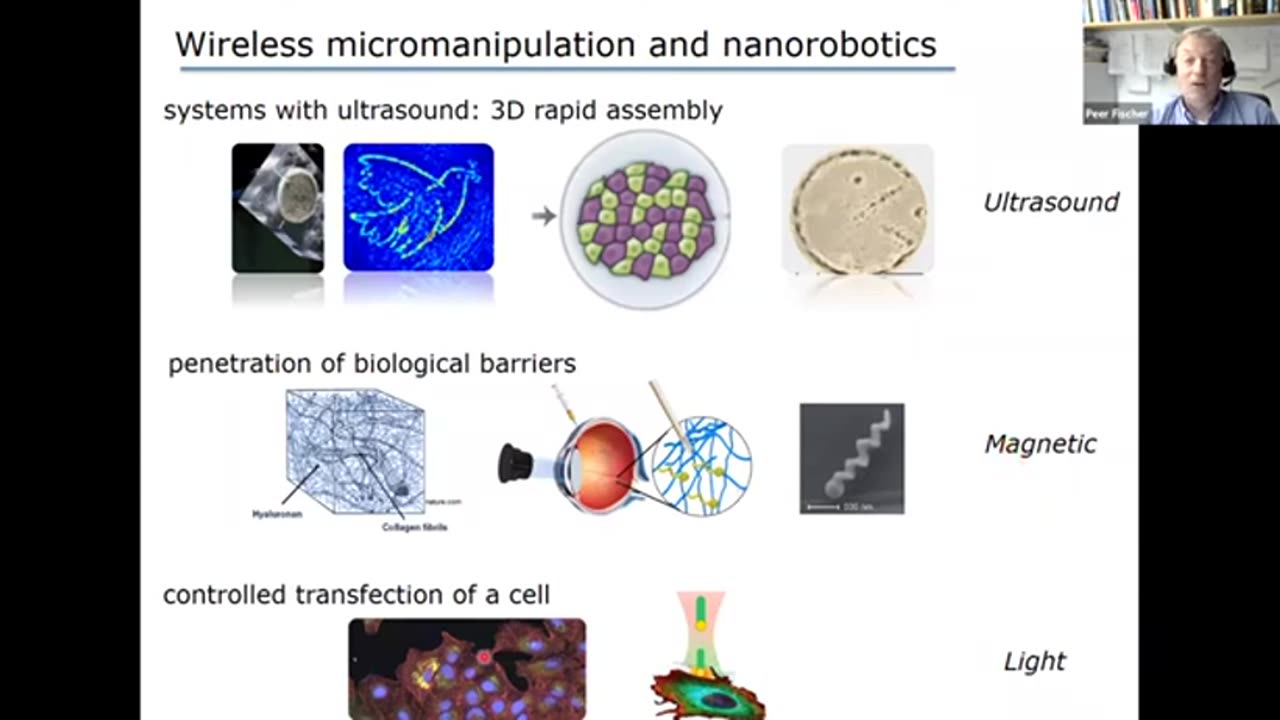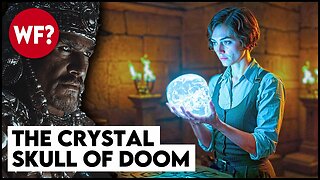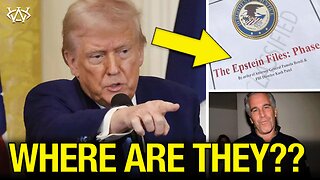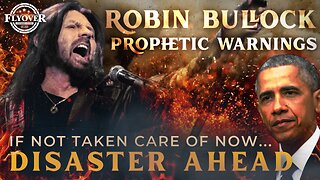Premium Only Content

Nanodrills, NanoPens deliver optical nanobots to drill into the cell
Nanorobots actuated by light, magnetic fields, 3D ultrasound. Professor Peer Fischer directs the Micro Nano and Molecular Systems Lab at Max Plack Institute for Intelligent Systems @ University Stuttgart, Germany
Optics algorithm - expert witness as developed sound, ultrasound, and light to create a gas bubble and can turn on or off the nanorobot using wireless micromanipulation.
Original video https://youtu.be/cIssmyO_-fI?si=S8XzVjp2F2IRJLvV
• 27:00 penetration gene delivery to the retina
o Use a magnetic force found by Tian Qiu + collagen and use type II fields <500nm and forms a thin film
o Use heat on a material that forms a gas plume and forms a thin film (Ebcam to create heat to create gas)
o Nanodrill designed the size of bacteria is 1 billion per sq cm to transfer to a solution and move them.
o 32:10 Use fluorinated compounds coded with a liquid layer – perfluorocarbon
o 33:05 swarm – a wireless transporter using Ferromagenetic FePT super magnets, add platinum, nickel using Vincent Kadiri w G Shutz technology
o 34:57 deliver in the cell – optical nanobots to drill into cell using three methods
Magnetofection – using a magnet particle increases magnetic time
Sonoporation
Electroporation – both of these methods rupture the membrane using an electrical field
o Optical teaser 2018 Pulitzer Prize Athur Ashkin used >200C heat plasmonic particle
o Nanopen – a 500 nanometer rod oxide made of aluminum and gold that couples molecules to get and tweeze into the cell. Move the laser beam by infrared trapping beam
o Red laser manipulates nano-pen with minimal heating
o Coat with fluorescent particle – red for positioning and green for injection
o Causes a bubble, it bursts, ruptures the cells membrane. The tip heats but the rod stays cool and is reusable.
o Light driven controls.
-
 33:56
33:56
The Why Files
9 days agoLegend of the 13 Crystal Skulls | From Mars to the Maya
78.3K41 -
 2:56:14
2:56:14
TimcastIRL
10 hours agoEPSTEIN Files DROP, FBI GOES ROGUE, AG Says They COVERED UP Epstein Case w/Amber Duke | Timcast IRL
207K111 -
 1:39:23
1:39:23
Kim Iversen
11 hours ago"Canada's Trump" Is Trudeau’s Worst Nightmare: Is Maxime Bernier the Future of Canada?
87K92 -
 DVR
DVR
Bannons War Room
10 days agoWarRoom Live
2.67M447 -
 16:06
16:06
The Rubin Report
17 hours agoProof the Islamist Threat in England Can No Longer Be Ignored | Winston Marshall
101K118 -
 2:07:07
2:07:07
Robert Gouveia
14 hours agoFBI Files Coverup! Bondi FURIOUS; SCOTUS Stops Judge; Special Counsel; FBI Does
135K94 -
 56:15
56:15
Candace Show Podcast
14 hours agoBREAKING: My FIRST Prison Phone Call With Harvey Weinstein | Candace Ep 153
181K117 -
 1:56:39
1:56:39
Flyover Conservatives
13 hours agoROBIN D. BULLOCK | Prophetic Warning: 2030 Is Up for Grabs – If We Don’t Act Now, Disaster Awaits! | FOC SHOW
66.6K17 -
 2:13:11
2:13:11
megimu32
11 hours agoON THE SUBJECT: The Epstein List & Disney Channel Original Movies Nostalgia!!
50.5K6 -
 9:06
9:06
Colion Noir
20 hours agoKid With Gun Shoots & Kills 2 Armed Robbers During Home Invasion
60.9K14